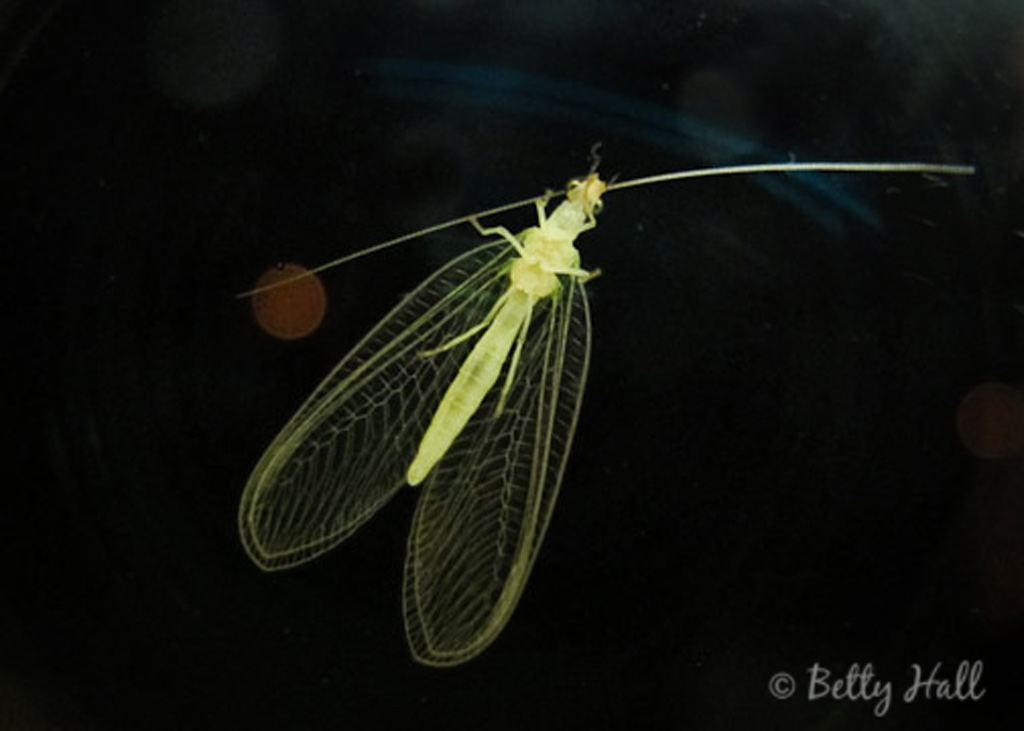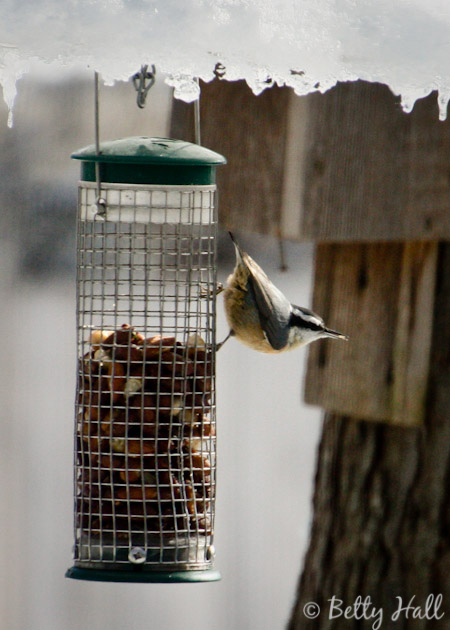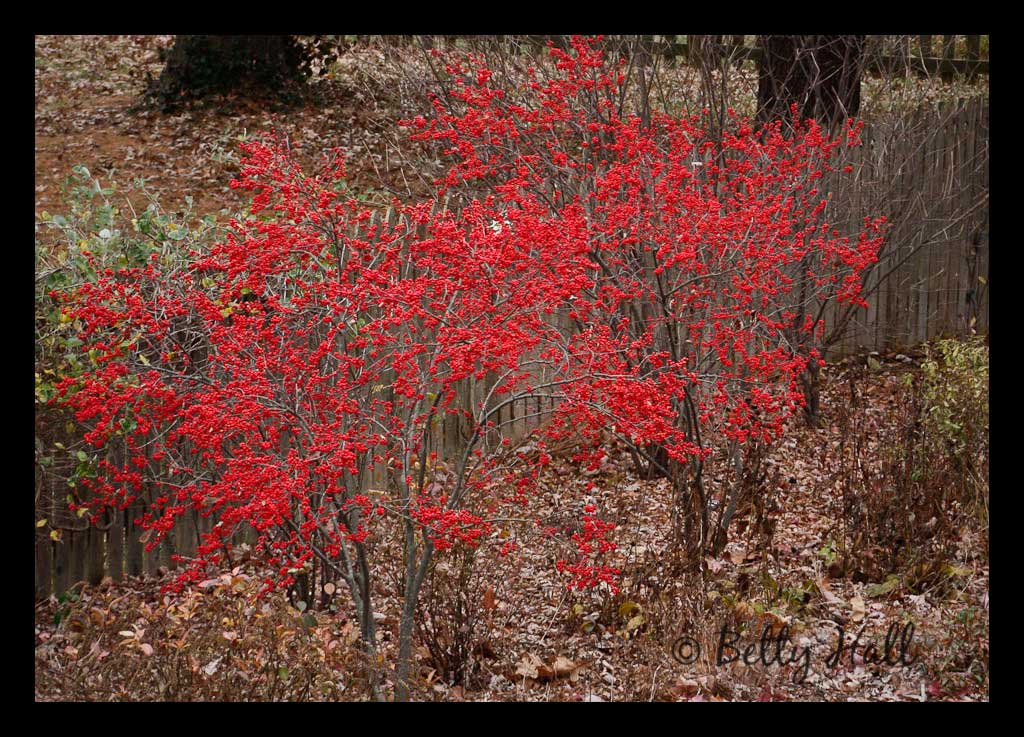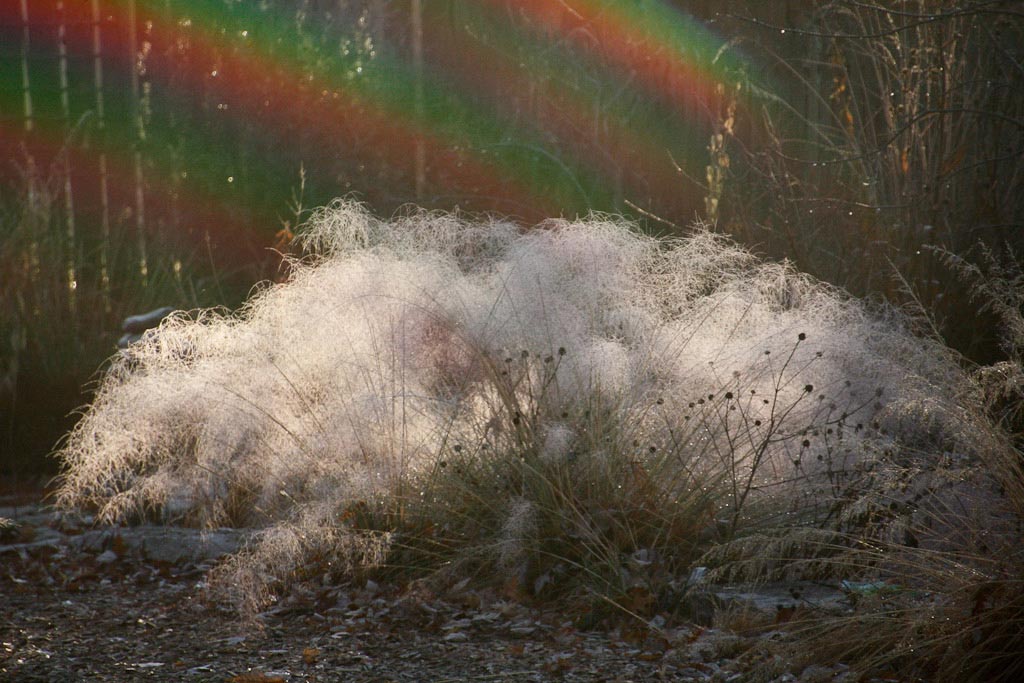I was quite surprised to see three green lacewings (family Chrysopidae) one night recently in the kitchen window. These small nocturnal insects are one of my favorites and we often see them in the backyard during the summer. However, I’ve never seen them in January before.

After doing some research, I’ve learned that lacewing adults can survive the winter in protected places. The temperature was 70 degrees when I saw them – unseasonably warm for this time of year. Now our temperatures are more typical for January, with highs in the mid 30’s and lows in the mid 20’s. I’d like to think the lacewings have found a protected place for the winter and will be back at the window this spring.



